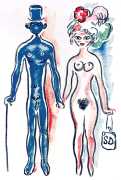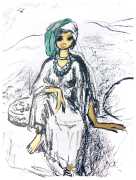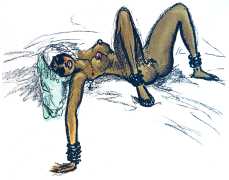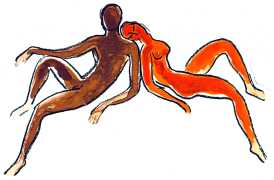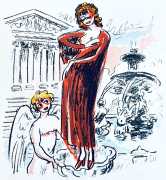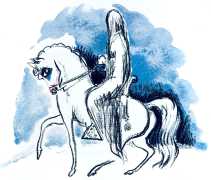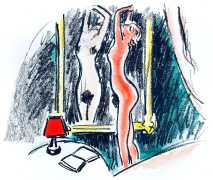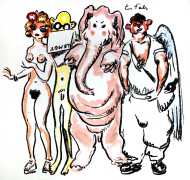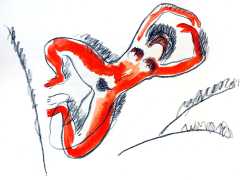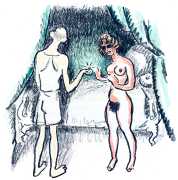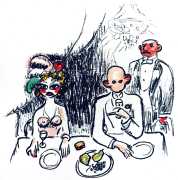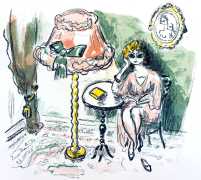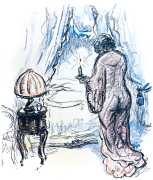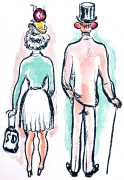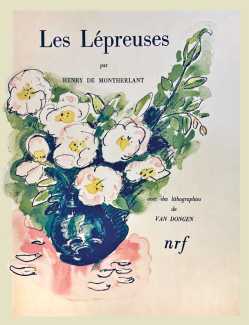 Kees van Dongen, renowned for his sensual portraits of women, and the equally notorious writer Henri de Montherlant, were perfect co-conspirators for this illustrated edition of Les lépreuses, the last of four books in Montherlant’s quartet Les jeunes filles, first published between 1936 and 1939. Les jeunes filles consists of four volumes – Les jeunes filles (The Young Girls, 1936), Pitié pour les femmes (Pity for Women, 1936), Le démon du bien (The Demon of Good, 1937), and Les lépreuses (The Lepers, 1939).
Kees van Dongen, renowned for his sensual portraits of women, and the equally notorious writer Henri de Montherlant, were perfect co-conspirators for this illustrated edition of Les lépreuses, the last of four books in Montherlant’s quartet Les jeunes filles, first published between 1936 and 1939. Les jeunes filles consists of four volumes – Les jeunes filles (The Young Girls, 1936), Pitié pour les femmes (Pity for Women, 1936), Le démon du bien (The Demon of Good, 1937), and Les lépreuses (The Lepers, 1939).
The quartet features Pierre Costals, a successful writer, and tells of his relationships, romantic and not, with various single women admirers in their late thirties, who confide in him through a copious correspondence to which he does not always respond. Two of the women stand out, Andrée Hacquebaut, an admirer of Costals’ novels, independent and intellectual, and Solange Dandillot, the second woman Costals falls in love with. Solange is a modern young woman, simpler and less profound than Andrée. While he is not in love with her, Costals is pursued by what he calls the ‘demon of good’, and considers marrying her.
Les jeunes filles is a frank, uncompromising analysis of male-female relationships that leaves the reader in no doubt of Costals/Montherlant’s dilemma – a man who wants to be free cannot consider a stable relationship with a woman except at the cost of his freedom and happiness – and quite probably vice versa. In Les jeunes filles Montherlant indirectly indicted French social morality that forces women into a weak, needy, manipulative role, and men into impossible relationship choices.
Les lépreuses, the last part of the Les jeunes filles cycle, was first published by Grasset, its title referring both to actual sufferers of leprosy, and to those shunned by society for being associated with them.
‘There are three hundred lepers in Paris, of whom only twenty are hospitalised. The others walk around with canes in their hands. There are women who have lived thirty years with a leper husband and have not been contaminated. All that I tell you is not some hoax that I was told to reassure me. I was told that, but I also read it in a medical book.’
‘But then how did you catch it? You did, and I still can’t believe it.’
‘From a woman, of course.’
For Les lépreuses van Dongen produced some of his simplest and most colourful erotic drawings, skilfully reproduced by some of Paris’s best printers.
The 1947 edition of Les lépreuses, published by NRF and printed by Mourlot and Louis Détruit with drawings by Kees Van Dongen, was produced in a limited numbered edition of 350 copies.


